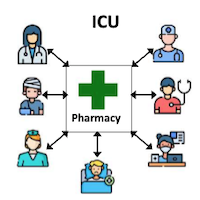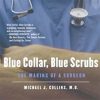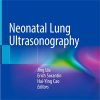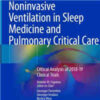Clinical strategies for implementing lung and diaphragm-protective ventilation
link.springer.com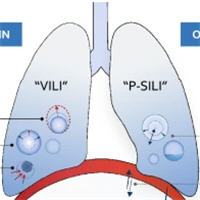
Mechanical ventilation may have adverse effects on both the lung and the diaphragm. Injury to the lung is mediated by excessive mechanical stress and strain, whereas the diaphragm develops atrophy as a consequence of low respiratory effort and injury in case of excessive effort.
The lung and diaphragm-protective mechanical ventilation approach aims to protect both organs simultaneously whenever possible.
This review summarizes practical strategies for achieving lung and diaphragm-protective targets at the bedside, focusing on inspiratory and expiratory ventilator settings, monitoring of inspiratory effort or respiratory drive, management of dyssynchrony, and sedation considerations.
A number of potential future adjunctive strategies including extracorporeal CO2 removal, partial neuromuscular blockade, and neuromuscular stimulation are also discussed.




